#MyPTStory
To respect the privacy of this patient, her name has been changed in order for her to remain anonymous while also sharing her story with the hope that her experience will offer hope and inspiration to other women going through similar challenges.
If someone had told Andie that a day would come when she would struggle to manage a walk around the block, she would have laughed. It would have seemed impossible that she would go from adventuring for many miles on her weekend hikes to a place where even modest movement was challenging and painful. The notion that her decision to be proactive with her health — by electing to have a prophylactic double mastectomy — would lead to over a year-and-a-half journey back to herself was nonexistent.
But for this vibrant mother and dedicated professional, the fallout of being in the 1 percent of women who wind up with post-mastectomy infection derailed life in many unexpected ways.
“I think I was just totally bamboozled by what happened to me. I sincerely thought that I was going to have surgery and then I was going to have two weeks of feeling like crap, and then I would be back at work. That is what I thought,” Andie shared. “And that’s not how my story went. No … I had no idea that I would have any pain beyond the scope of a typical surgery recovery. I had no idea I wouldn’t be able to move my arms above my head. I had no idea I would not be able to walk around the block. Like, I literally had no idea about anything that was going to happen.”
Reflecting on her experience, Andie emphasized that nobody – herself included – would ever knowingly sign up for that kind of trauma. And yet, she has come so far through her own perseverance and the unwavering support of family, friends and her physical therapist Laura Cooper, that she stands behind her choice.
“I mean, in hindsight, I’m still glad that I moved forward. I feel like it was the right decision,” she said.
A journey from risk and surveillance to prevention and action
Physical therapy was not something on Andie’s radar, even as she began post-surgery recovery. Like many, she did not know the myriad ways physical therapists help people and had never heard of PT for post-mastectomy rehabilitation. It was a friend who was navigating her own post-mastectomy recovery who encouraged Andie to schedule an appointment with Laura Cooper, physical therapist and clinic director at Therapeutic Associates Physical Therapy – Athletic Club of Bend.
Unbeknownst to her, physical therapy would ultimately become a crucial component of her recovery and rehabilitation. But, before she was able to begin her PT journey, an infection set in causing Andie to become extremely ill and prompting a second surgery.
A month had passed since her initial surgery and though nothing had necessarily gone wrong during the procedure, nothing had gone right since. It was a tough blow for Andie given that she had not been diagnosed with breast cancer but had opted for the double mastectomy because of her high risk of developing the disease.
That decision had not been an easy one to begin with.
“I remember one of my friends saying, ‘Well, would you walk across a bridge that you know has a 38 percent chance of collapsing?’ And I thought, ‘Why, no, I would absolutely not.’ That really landed with me.”
So, after having endured several years of interventions deemed necessary to monitor her, Andie opened her mind to consider other options.
She thought about one of her best girlfriends who had been diagnosed with stage three breast cancer. She thought of her mother who also experienced a double mastectomy after a cancer diagnosis, and of her sister who died of medulloblastoma, a cancerous brain tumor.
Then, she decided to talk things out with her breast surgeon, Dr. Andy Higgins, whom she considers a gentle, heart-centered human being she could trust to offer insight and guidance while also respecting and honoring her personal perspective and feelings.
The reality, as the doctor explained it to her, was that things were never going to be black and white for Andie, she was always going to be living in a grey zone. He broached the subject she had been avoiding – should they consider mastectomy?
“I was thinking, I’m not there … maybe in two years, you know because I’m doing the math and looking at my age,” Andie recalled. “I was 46. My mom had gotten it at 54. I figured I had a little time. I was really just kind of bargaining with myself.”
As she sat with the unknown, the what-if, the fear … as she considered her son, whom she was raising predominantly on her own … she felt unsettled. Then, she decided to stand in her power.
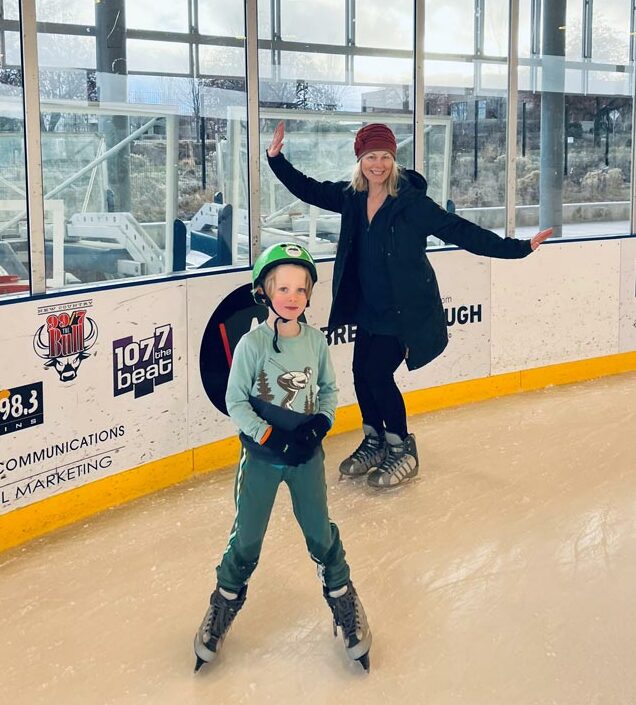
Two weeks before her scheduled preventative bilateral mastectomy, Andie had a mammogram – it was clear. She remained steadfast in her decision.
Choosing to undergo surgery is an extremely difficult and personal decision. However, according to the American Cancer Society, a prophylactic mastectomy can lower breast cancer risk by 90 percent or more.
Although she went into surgery confident and with acute awareness, nothing, Andie said, could truly prepare anybody for that experience.
“You really can’t imagine until you are in that situation. You just wake up bandaged, you know, just with a huge bandage and no more breasts. It’s crazy.”
The pathology performed during Andie’s double mastectomy revealed ductal carcinoma in situ (DCIS), which is essentially stage zero cancer.
“It’s like breast cancer is brewing, but it’s considered extremely early, which is why I don’t really identify with having had breast cancer.”
The vital role of PT after a mastectomy
About two weeks after her second surgery, Andie was finally ready for the next chapter, to take the next step toward recovery and healing. As much as she looked forward to working with Laura, she remembers being extremely anxious about starting physical therapy. What she knew, Andie explained, was that she did not want to be in pain, she wanted her life back – to be able to parent her son, to be in her garden, to find her flow again in the yoga studio. What she did not know was what the PT journey would look like.
As a physical therapist, Laura has been specializing in post-mastectomy care for about 15 years, something she considers a privilege. PTs with this specialized training support women’s holistic well-being, their expertise going beyond the conventional scope of physical rehabilitation to also encompass emotional support and empowerment.
“It is having the opportunity to come alongside someone and remind them of what they truly already know about how the body is always working back toward homeostasis, and that the intelligence by design means it is going to get there,” Laura explained. “You don’t know from one individual to another how they are going to feel, but everyone needs both the physical touch and the reassurance that they are healing, that their body is capable of healing.”
To ensure a seamless continuum of care for women navigating the post-mastectomy journey, physical therapists collaborate with other providers on their patients’ medical teams. Laura has worked closely with Dr. Higgins for many years and considers him a unique provider in that he is committed to ensuring patients receive the full spectrum of care and prioritizes open communication across the care team.
Andie’s anxiety was eased by the promise that her physical therapist was well-versed in her medical history.
“It was reassuring to me that Laura had been in communication with Dr. Higgins, that she knew my story and it wasn’t like I was just coming in cold without her having the background as to what had happened,” Andie said.
“I had no idea what to expect in physical therapy, but the first thing was just taking my top off in front of another human being. I get emotional just thinking about what that was like – that was really hard. But Laura didn’t bat an eyelash.”
Not only did Laura readily understand the clinical side of Andie’s medical situation, but she was also cognizant of the emotional side of the trauma and the interconnectedness of these two aspects of her overall experience.
Physical limitations resulting from mastectomy surgery can include restricted shoulder movement, muscle tightness, and postural changes. Simple tasks such as dressing, grooming, and reaching for items often become challenging after surgery, hindering normal living and diminishing a person’s sense of independence. This compounds the emotional toll the visible alterations to the body cause, which often manifests as low self-esteem and body-image issues.
Physical therapists trained in post-mastectomy care have a unique skill set that enables them to address the multifaceted recovery process. They work closely with each patient, providing a supportive and compassionate healing environment while tailoring their program to fit their specific needs, working to restore range of motion and strength and facilitate a return to normal daily activities.
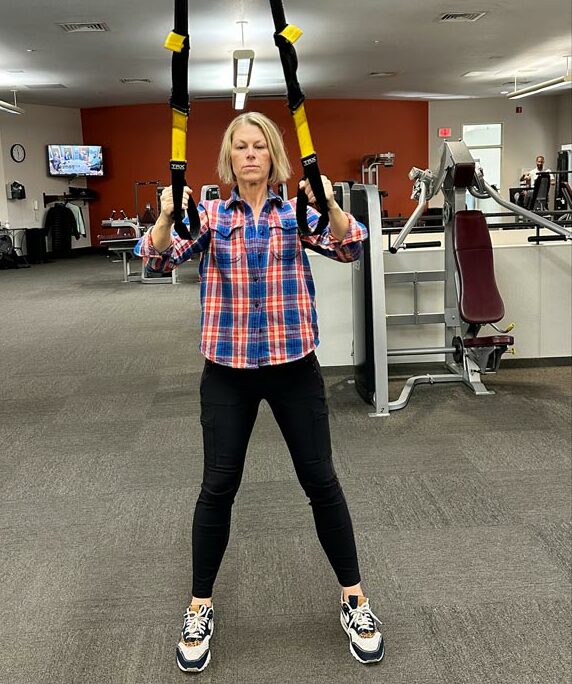
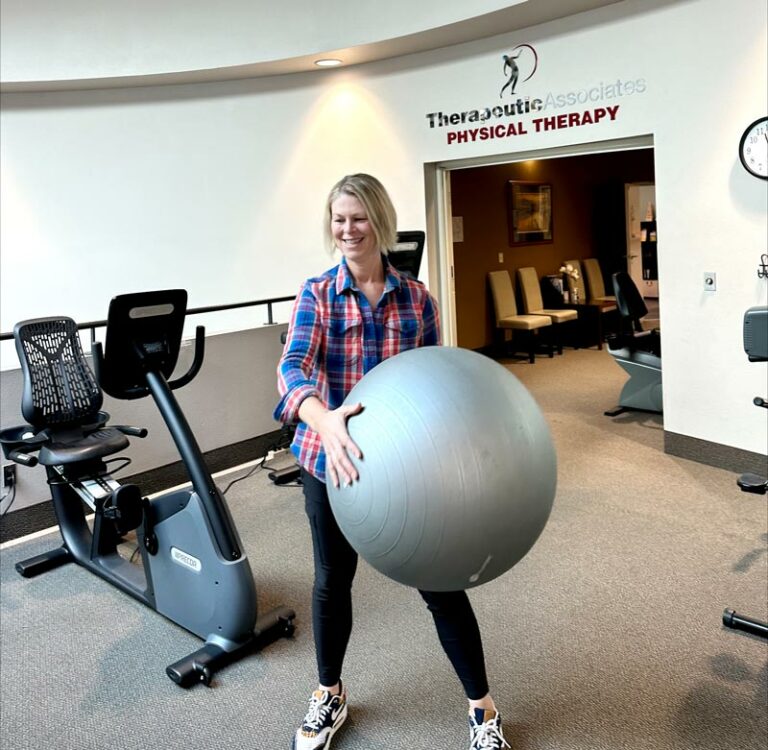
Lymphedema, a common complication arising from the removal of axillary lymph nodes in addition to breast tissue, can lead to swelling and further contribute to reduced range of motion. Through a gradual and comprehensive program, specialty-trained PTs apply various techniques including personalized exercises, manual lymphatic drainage, compression therapy, and cupping therapy to manage and prevent lymphedema.
Exercises often focus on reducing or eliminating post-operative pain, enhancing mobility in the shoulder and arm areas, and building strength. Common exercises may involve gentle stretches to improve flexibility, targeted movements to enhance range of motion, and resistance training to rebuild strength in the affected muscles.
Cupping therapy, an ancient practice rooted in traditional Chinese medicine, is used in modern physical therapy practice to promote blood circulation, reduce inflammation and alleviate muscle tension. For post-mastectomy patients, this can translate to improved flexibility, enhanced scar tissue healing, and a reduction in pain. Beyond these physical benefits, it is also touted to address psychological aspects of recovery through its promotion of relaxation and well-being.
A holistic approach to post-mastectomy recovery
Though much of her early days of PT are a blur to Andie, as she recalls struggling to simply stand prone against a wall, to open her chest, to move her arms over her head, what she remembers most is the way Laura worked through it with her, learned with her as she began to explore and push herself physically and emotionally. Physical therapy emerged as a lifeline as she grappled with the aftermath of her initial surgery, post-surgical infection and second surgery. Laura became a guiding force in her journey.
“Laura is a physical therapist, but she is also a healer,” Andie said. “I truly think physical therapy has the role – is the foundation even – of healing all parts of you.”
Integrating her expertise as a physical therapist with the insights gained from her yoga background, Laura recognizes the vulnerability of the heart chakra, shoulders, and arms – areas intricately linked with grief. This holds particularly true for individuals navigating major surgeries, she explained, such as mastectomies, where emotional and physical healing are intertwined.
Utilizing a hands-on approach allows Laura to guide patients through slow, intentional movements while creating space for whatever emotions may arise and then guiding them back to their breath. As she works through this process with patients, Laura cultivates a secure and trusting environment. Having a safe space to release emotion without judgment is a cathartic experience, Laura noted, adding that she feels privileged to facilitate that for her patients.
As a yogi herself, Andie was especially appreciative of Laura’s attention to that process, particularly once her rehabilitation included cupping therapy.
“There was a tremendous amount of trauma stored in my body, and when she would go too fast or go over a certain spot with a cup, sometimes in that moment I would have a really big reaction. Sometimes I would weep, the weeping would just come, and it was literally like the trauma being released from my body,” Andie described. “Laura is someone who could actually hold space and process that with me, and in doing so, validate me. I don’t think everyone can do that.”
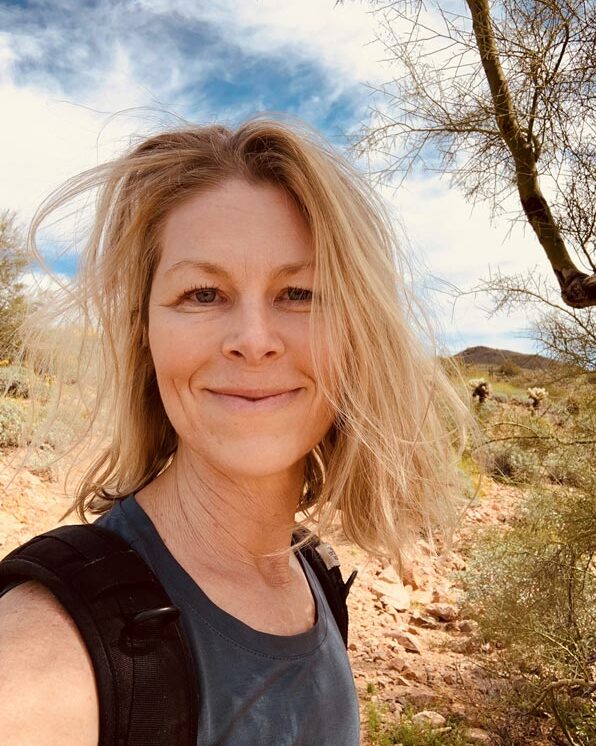
The power of a patient-PT bond
Andie always felt like she could talk to Laura about anything during her appointments.
“I knew Laura loved me. I knew she cared about me. I connected with her as a human.”
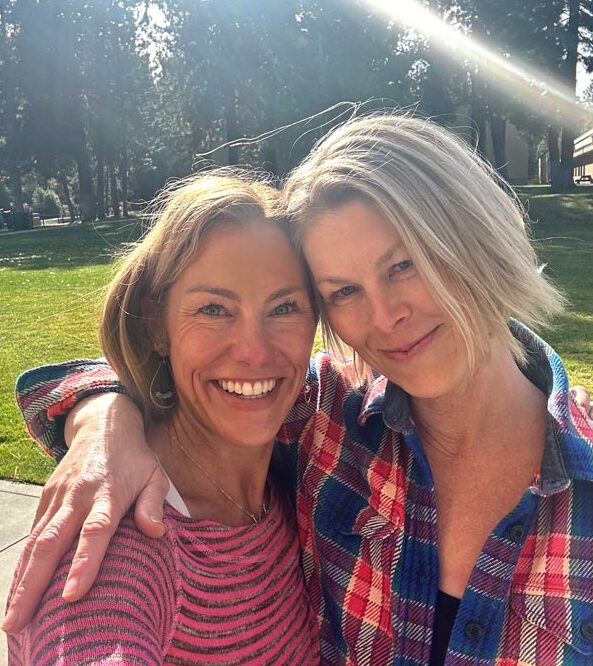
Sometimes, Andie said, she would think she was doing better and then something would happen and she would spiral and begin to question if she had made any progress at all.
“I think that’s part of it – to ride these waves with someone who really sees you and can hold space for all of these areas, validate the setbacks, and at the same time keep you motivated to work through your rehabilitation,” Andie explained. “That is something that is probably really unique about Laura is that she can do both of those things simultaneously with you.”
The path to recovery for post-mastectomy patients is filled with ups and downs, and Andie’s journey was no exception. Ultimately, through pain management, increased mobility, and strength building, physical therapy played a foundational role in her healing process. Furthermore, Laura’s personalized approach, addressing both physical and emotional needs, was instrumental in her slow but steady progress.
But without her own hard work, none of it would have been possible. Andie, Laura said, is a superhero.
Andie’s commitment to her rehabilitation was fueled by her personal passions — her role as a devoted mother, her yogic pursuits, her passion for gardening, her career, and of course her love of long hiking adventures.
There was a part of her, Andie reflected, that thought she might not be able to reclaim the activities that bring her joy. But one year into her PT journey, Andie achieved a significant milestone – a hiking trip to Sedona.
She couldn’t wait to send Laura a picture, to share her triumph with the woman who had become more than her physical therapist.
“Laura is my spirit animal,” Andie said. “I think of her as a dear friend, really like family. I trust her completely.
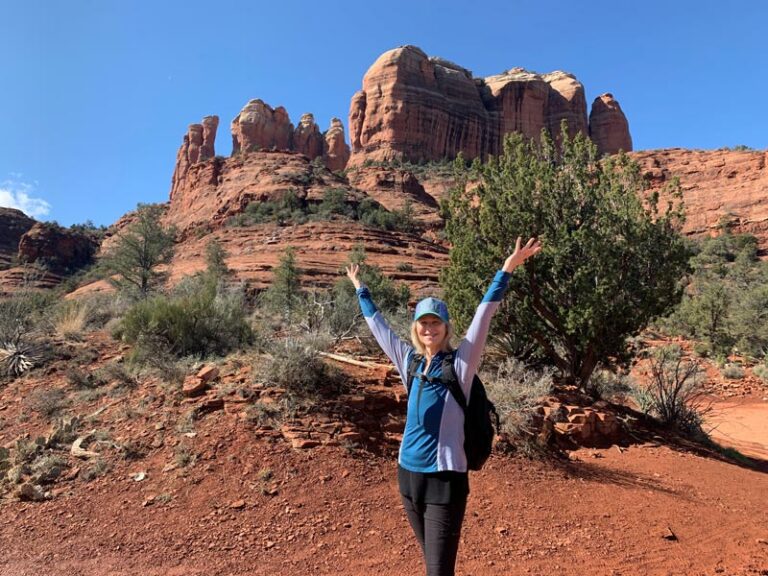
“Here I am, a year and a half later … I can do a full yoga practice, I’m taking weightlifting classes … and if my friend hadn’t suggested going to see Laura, well, it sounds melodramatic, but I honestly can’t imagine where I would be.”
